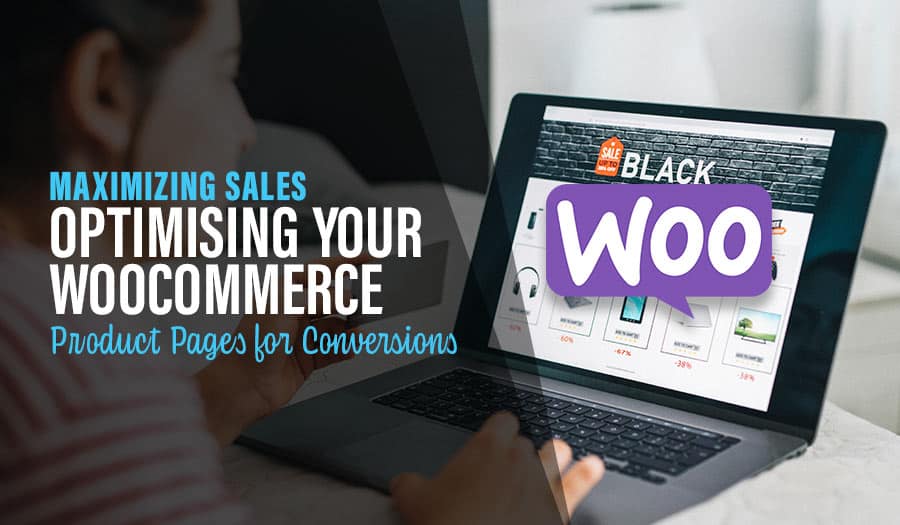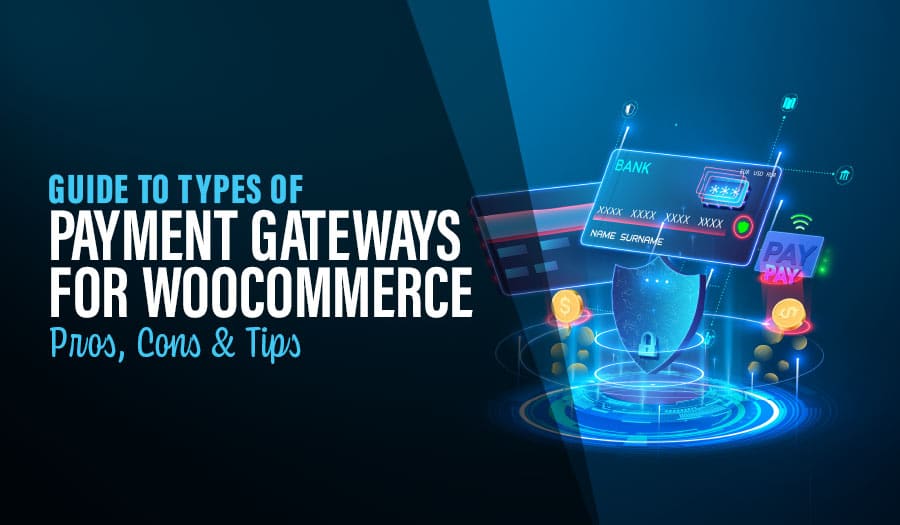It’s not quite time for the holidays, but you can never start planning to early. Especially if your business model relies on e-commerce, you need to make sure that your website is well-prepared for the season and potential sales increase that comes with it. To get your website ready for Christmas, consider these 5 e-commerce web design tips to implement over the next few weeks. Here are 5 Tips for Boosting Your E-Commerce Sales at Christmas.
5 Tips for Boosting Your E-Commerce Sales
- Streamline the Checkout Process
- Include Shipping Estimates and Calendar
- Optimise Your Page Load Times
- Improve Your Contact Options
- Ensure Quality Hosting: Speed, Security and Uptime
5 Tips for Boosting Your E-Commerce Sales
1. Streamline the Checkout Process
How easy (or difficult) is it for your web visitors to go from your home page to making a purchase? Especially for the holiday season, it should be simple. Your website will be one of many that potential customers visit, and if it seems to complicated, they won’t hesitate to move on.
Streamlining your checkout process means including clear calls to action about holiday sales from your homepage on, simplifying payment and shipping options, and allowing your shoppers to save their cart if they want to come back to it later. The more you assist them, the more likely they will be to complete the sale.
2. Include Shipping Estimates and Calendar
Especially as Christmas moves closer, consumers will become increasingly worried that items they purchase online won’t arrive on time. Fortunately, you can alleviate these worries with a two-pronged process: a shipping calendar on your website and more specific estimates on your checkout pages.
The calendar can be a simple graphic on your home page that advises consumers on the dates by which they should by your products in order to receive them on time. Shipping estimates are more specific, and can draw on the shopper’s individual location for a more accurate date.
3. Optimise Your Page Load Times
Research strongly suggests that the longer your page takes to load, the more potential revenue you will lose. During the holiday season, when your page traffic increases and the competition intensifies, that problem is only magnified.
To prevent unhappy visitors or sales decreases, optimising your page load times before the holidays is crucial. Make sure that your images are sized correctly, and clean up your website code in order to decrease the workload on standard browsers. A number of WordPress plugins can help you measure and optimise the time it takes for your site to load.
4. Improve Your Contact Options
Prospective customers will inevitably have questions about your products, and the volume of questions will increase during the holidays. Is your website prepared for it?
If not, now is the time to get it ready. That means including a quick contact form, which both encourages contact and drives leads into your database for further, segmented marketing efforts. Another option is to incorporate live chat, which helps you respond instantly to queries that potentially lead to sales even in increased volumes.
5. Ensure Quality Hosting: Speed, Security and Uptime
Hosting is an important issue for your website regardless of the month, but only rises in importance during the holidays. We’ve outlined the benefits of a quality host in a previous post, and the same points apply here: you need to make sure that your website is both secure and reliable, and not every host can ensure that. Finding one that does both eases shoppers’ peace of mind and increases the chance that they’ll buy from your website.
How prepared are you for the holiday season? Three months out, you may not think about it much yet. But if you want to be sure that your website is prepared for the increase in both visitors and customers, now is the time to act.
Fortunately, the above 5 e-commerce web design tips can help get you started. For help in implementing each of them, and optimising your website for Christmas shoppers, contact us.
Take your online store business to the next level with a Pixel Fish Ecommerce Website.
Further Reading
How to Optimise Your E-Commerce Product Pages
E-commerce review: WooCommerce vs. Shopify: Which is Right For You?
Avoid a Social Media Nightmare: Avoid These 6 Social Media Mistakes
How many pages should my website have for SEO?
8 WordPress Myths Busted: Debunking WordPress Myths
Why Honesty on your website Really is The Best Policy



